This Hollywood power couple got their start in Fort Lee
- Oops!Something went wrong.Please try again later.
- Oops!Something went wrong.Please try again later.
- Oops!Something went wrong.Please try again later.
Is it love that makes the world go round? Or is it money? Either way, Mary Pickford and Douglas Fairbanks, Hollywood superstars who were also shrewd producers and devoted soul mates, set it spinning.
They were the first of that now-familiar species: the Power Couple.
Before Ben Affleck and J-Lo, before Beyoncé and Jay-Z, Doug and Mary were the great celebrity twosome. Their 1919 wedding was world news. Their mansion, Pickfair, was Hollywood's most sought-after invitation. And their company, United Artists, founded with Charlie Chaplin and D.W. Griffith, is still around.
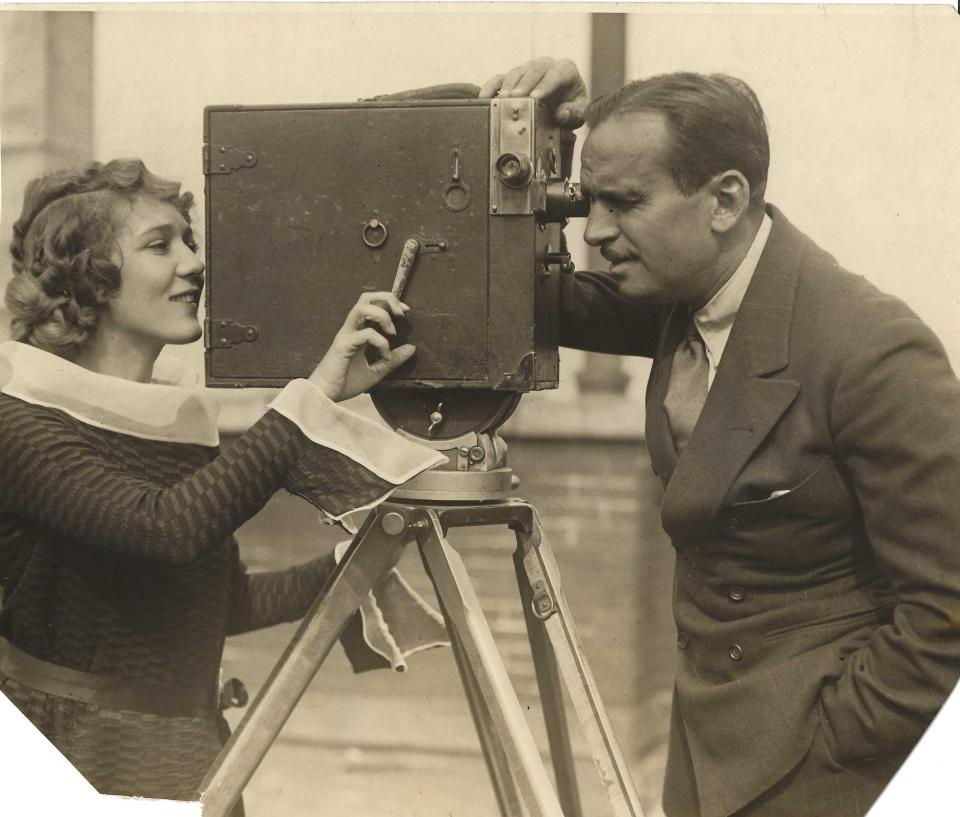
"Not only were they the quintessential Hollywood couple, they were also the people who are responsible, even today, for a lot of what you see on the big screen," said Nelson Page, executive director of the Barrymore Film Center in Fort Lee.
A new exhibit, "Power Couple, Douglas Fairbanks and Mary Pickford in Hollywood," opening June 10 and running through December, will explore their lasting mystique, as well as their New Jersey roots. Both started their careers in the fledgling studios of Fort Lee.
Jersey roots of Hollywood
"Both Doug and Mary are on our Walk of Fame in front of the center," said film historian Richard Koszarski, curator of this and all Barrymore exhibits. "And both made films in Fort Lee, in slightly different periods."
Mary, discovered at age 17 by Griffith, had been brought to Bergen County to make films like "The New York Hat" (1912). Fairbanks made "His Picture in the Papers" (1916) and other films at the city's Willat-Triangle Studio. "Fairbanks made a couple of features for Triangle," said Koszarski, author of "Fort Lee: The Film Town." "This was when his career was just developing."
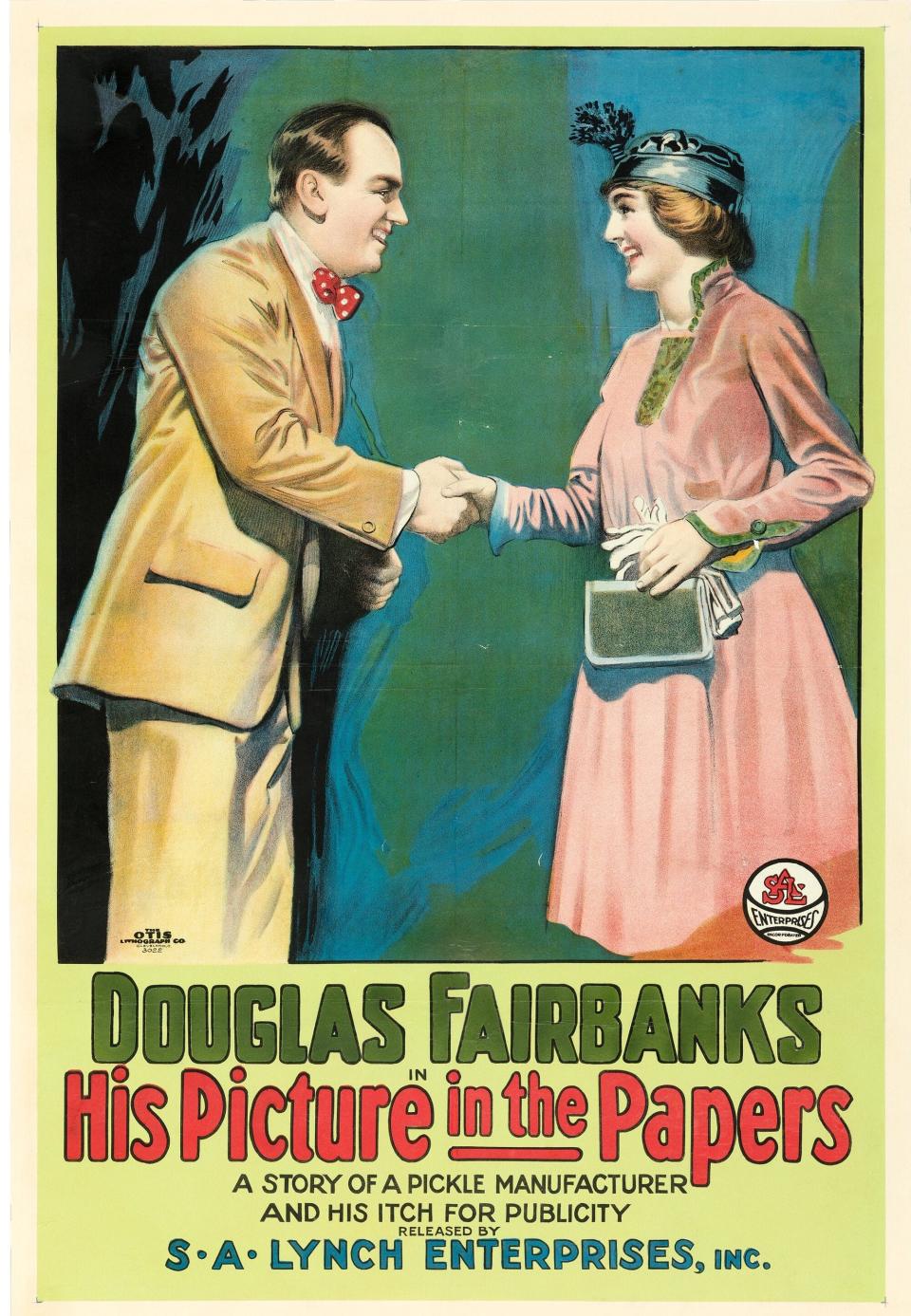
From these rudimentary beginnings, the exhibit takes them to their full Hollywood glory.
Over 200 items tell their tale: stills, posters, window cards, handwritten love letters, a music box that was given to Mary by Doug as a birthday present, Mary's hairbrush set and one actual sample of her famous golden curls, Doug's "Robin Hood" boots, and an assortment of practice swords used by the swashbuckling star to stay in trim for such costume epics as "The Black Pirate" and "The Three Musketeers."
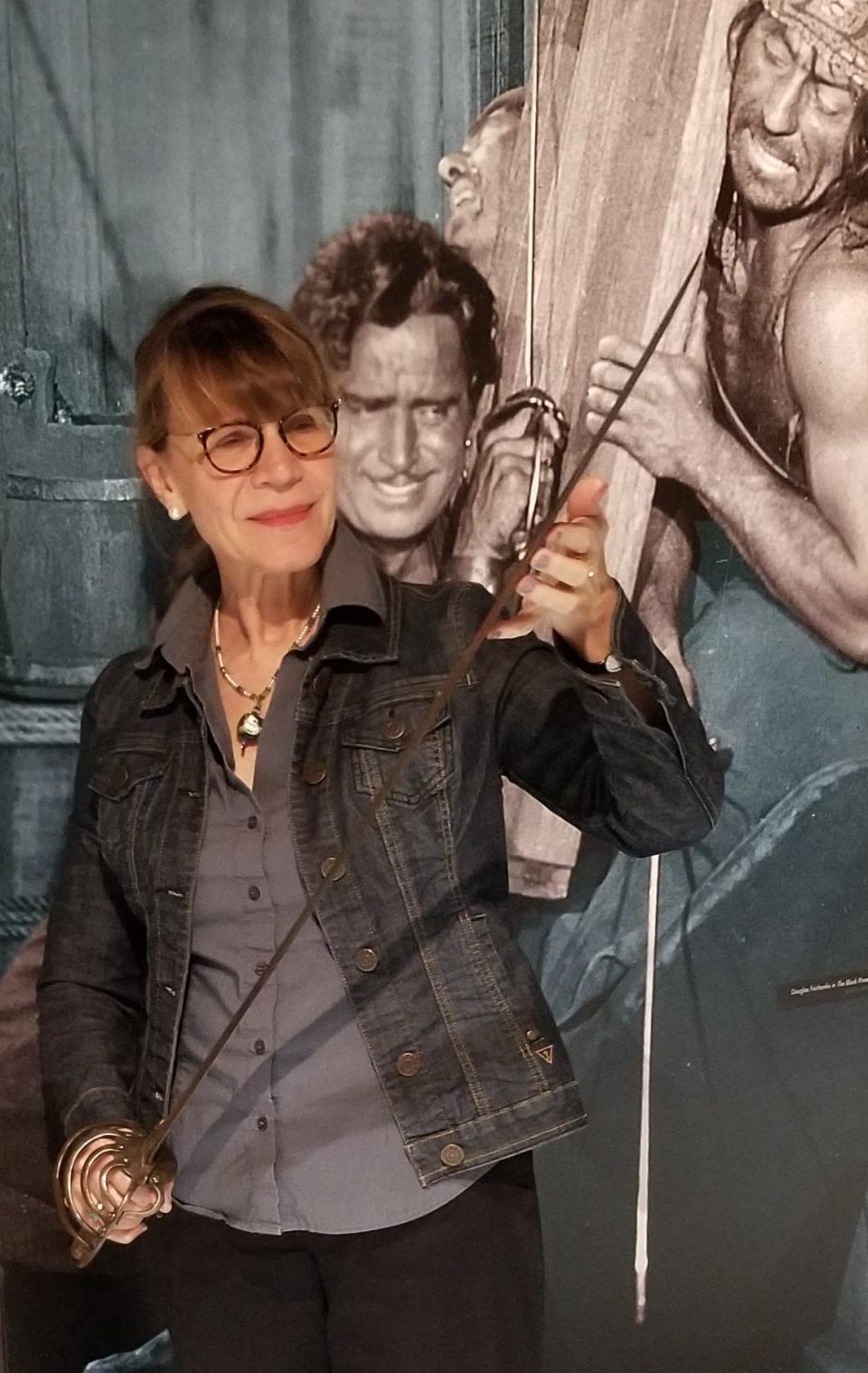
The attraction will launch this week with screenings of several of their movies: "Johanna Enlists" (Pickford), June 9 at 7:30 p.m., and on the 10th, "Sparrows" (Pickford) at 2:45 p.m. and "The Thief of Bagdad" (Fairbanks) at 7 p.m.
This Arabian Nights extravaganza has spectacle and special effects that still dazzle, 90 years later. And the film, introduced Saturday by author Tracey Goessel ("The First King of Hollywood: The Life of Douglas Fairbanks"), is also notable for its sympathetic — if wildly inaccurate — take on Islamic culture, and the opportunities it gives to two great Asian actors: Sojin Kamiyama and Anna May Wong.
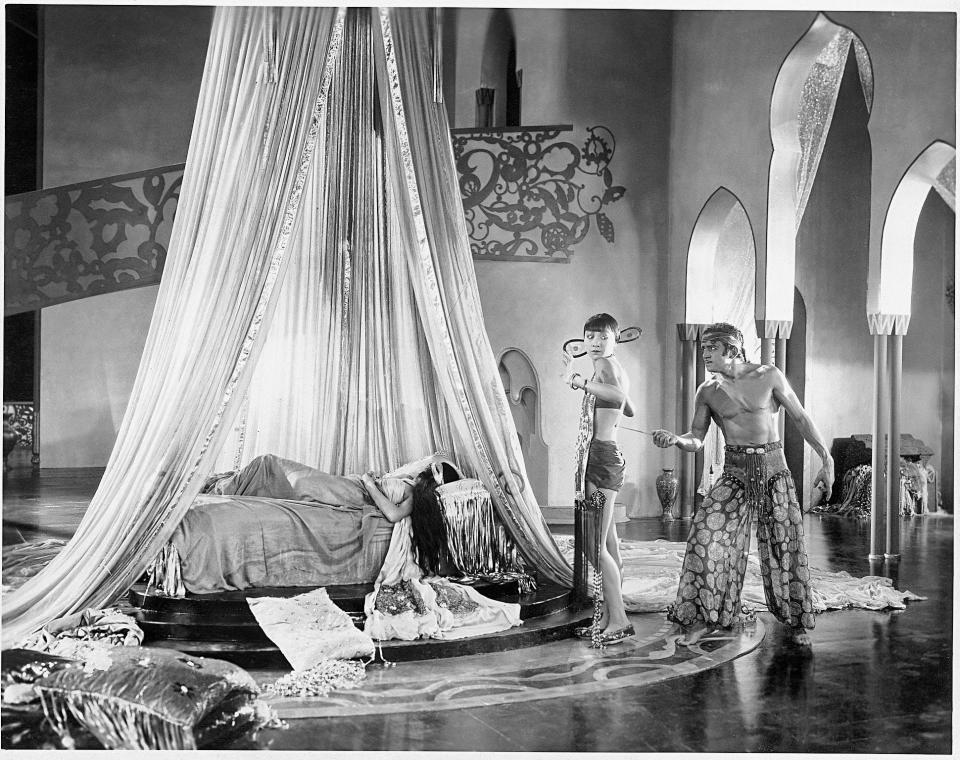
"It's a delight for the eye, certainly," Page said. "And there are points where you're going to look at the screen and go, how the hell did they do that in 1924?"
Two immortals
So who were Mary Pickford and Douglas Fairbanks?
She was "America's sweetheart." Sweet, innocent, golden-haired, virginal.
He was the all-American male. Healthy, happy, virtuous, fit. Clean in mind and body.
It all sounds dire. But in fact, Doug cut his Dudley Do-Right image with wit, self-mockery, and an athletic prowess that still amazes. And "Little Mary" tempered her sugary persona with a dose of sass and spunk.
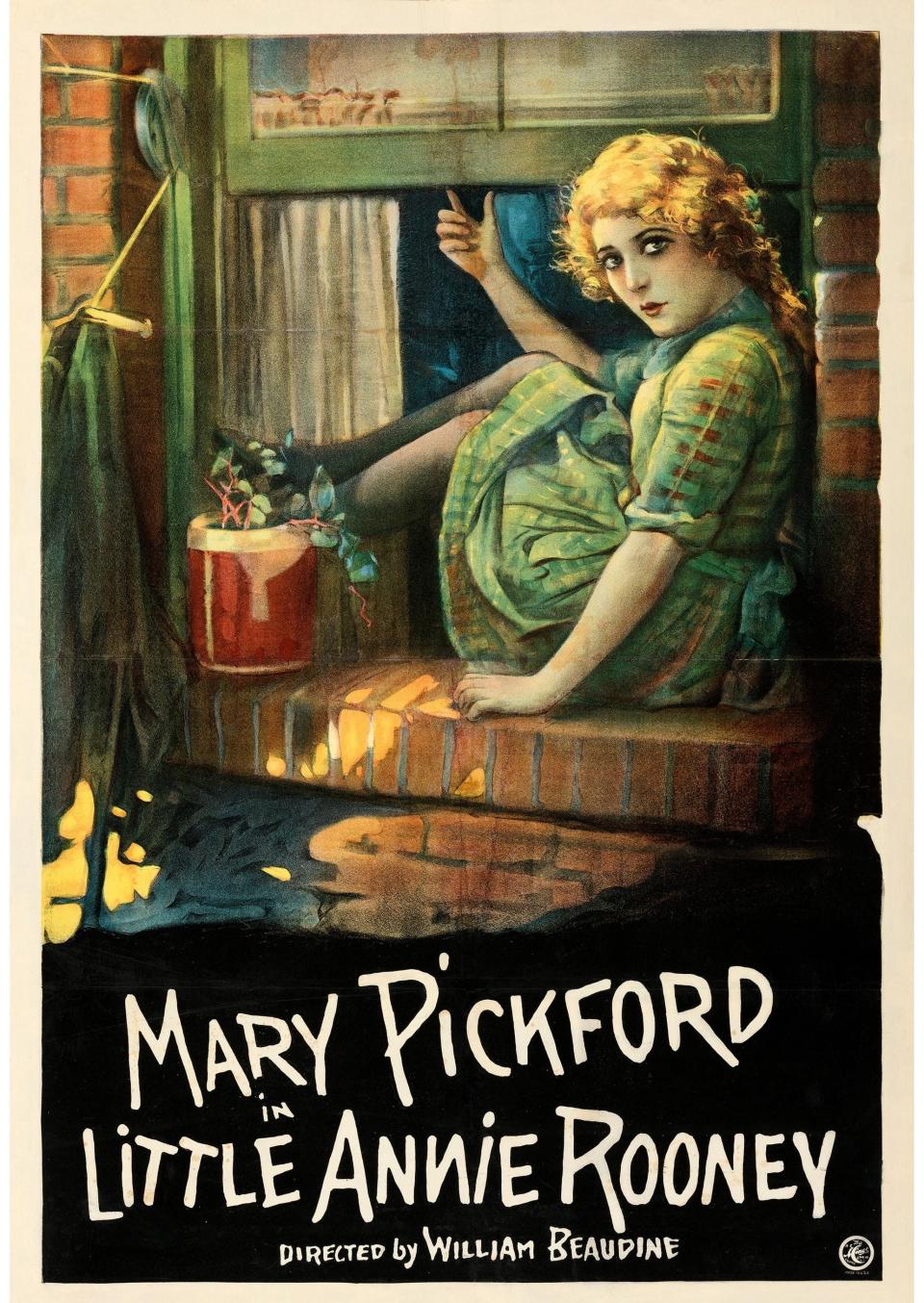
"She's a rascal," Koszarski said. "She gets into trouble all the time. She'll get in the mud, make a mess in the kitchen. She's almost like a tomboy. She's not just a character who is too pure and too sweet and too nice."
Individually, they were box-office dynamite. Together, they were the team to beat — though not on-screen. They made only one film together: 1929's "The Taming of the Shrew." It was not a success.
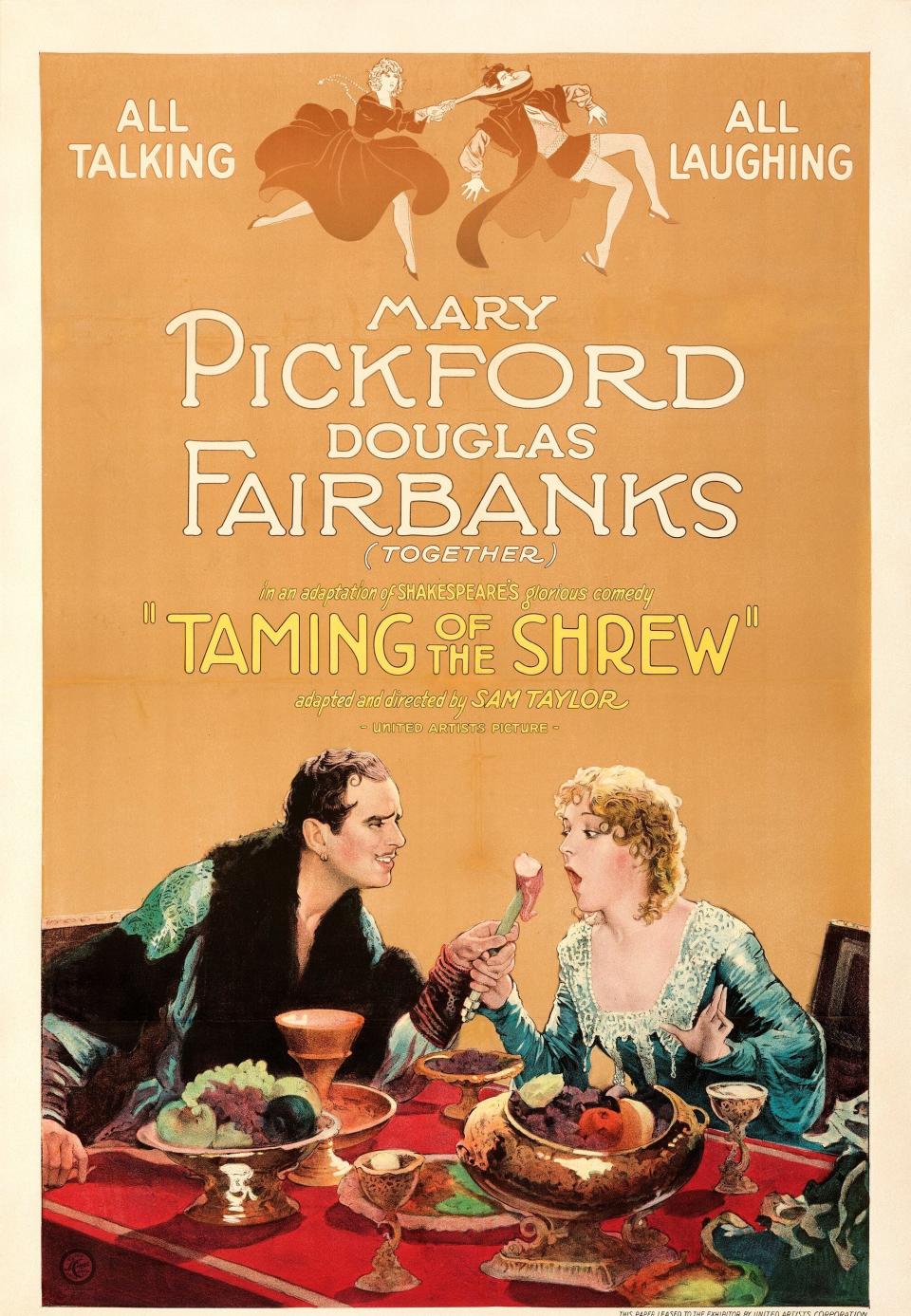
"Their kind of films were very different, and their personalities were very different," Koszarski said.
Driven to succeed
One thing they shared was ambition.
Mary, who had grown up poor and was the family breadwinner from an early age, was known for her hard-headedness in salary negotiations. "She had a powerful stage mother, Charlotte," Koszarski said. "Charlotte taught her to have sharp elbows. You have to take care of your own career. No one else is going to do it."
Doug had graduated from go-getting comedian to action hero in a series of lavish costume epics: "The Mark of Zorro" (1920), "The Three Musketeers" (1921), "Robin Hood" (1922), "The Thief of Bagdad" (1924), "The Black Pirate" (1926), "The Iron Mask" (1929).
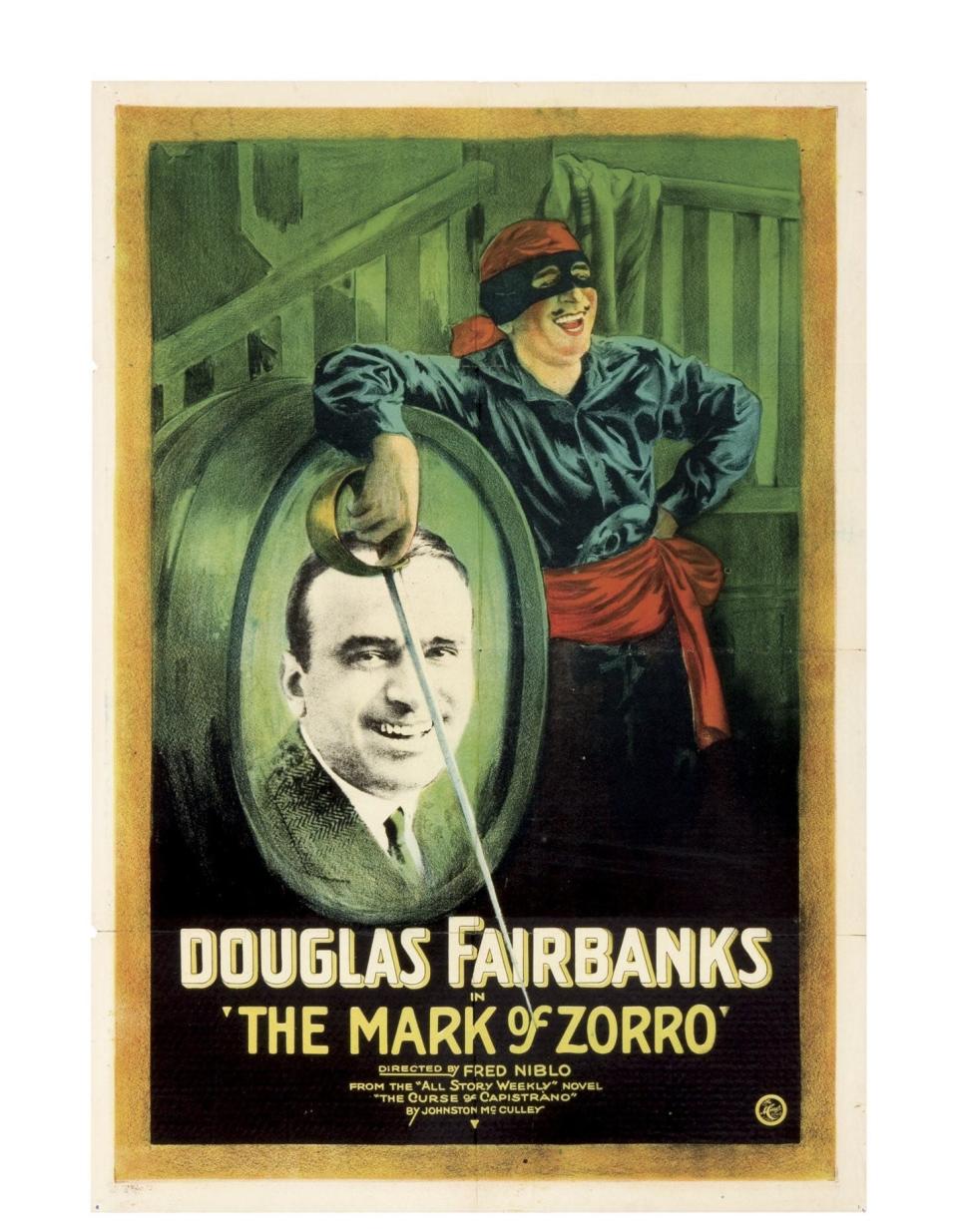
These, like "Little Mary's" salary, were costly. Producers balked — as they did when other ambitious film folk, like comedian Chaplin and director Griffith, also got big ideas about how colossal their movies should be, and how much compensation they should get.
Taking charge
In 1919, these four astounded Hollywood, and the world, by announcing that they would create their own distribution company: United Artists. They would create and market their own films. And they would cut their own paychecks.
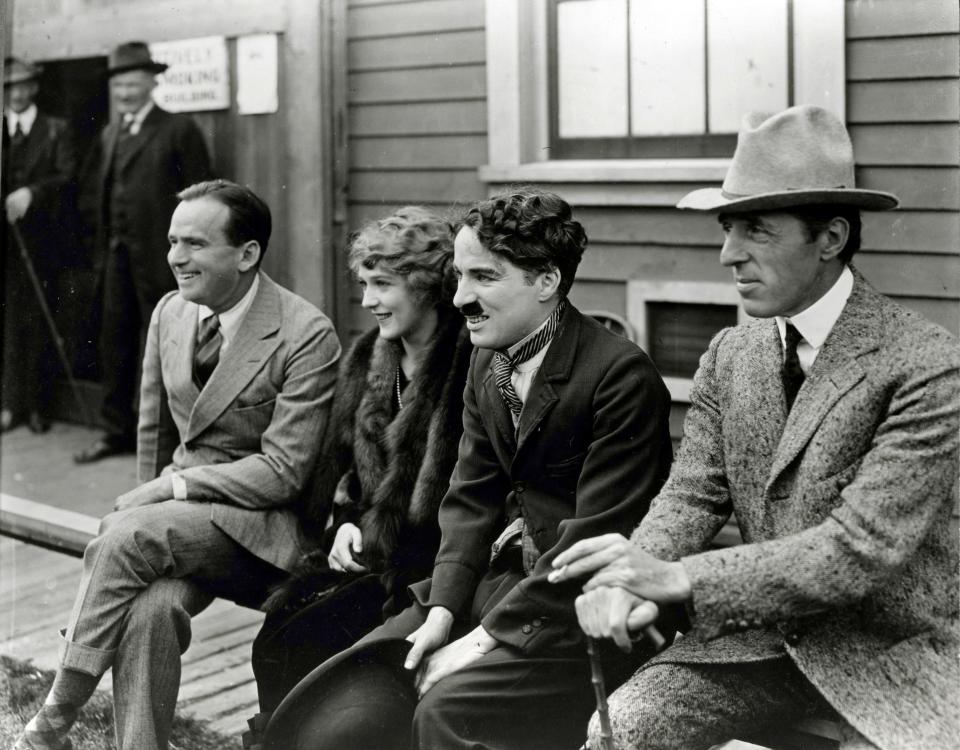
"The lunatics have taken over the asylum," one movie executive sneered. But they began a company that endures to this day. And they had taken Hollywood's first stand on behalf of its content creators. Movies were an art. Artists, not producers, should be in charge.
"They said, 'We're the guys making the movies, we have a vision we want to get across, and we want the proper financial compensation for this,' " Koszarski said. "They gambled that they had the power to separate themselves from the existing structure."
One result was that Pickford became Hollywood's first major female film executive — a woman who wielded behind-the-scenes influence long after her screen career was over.
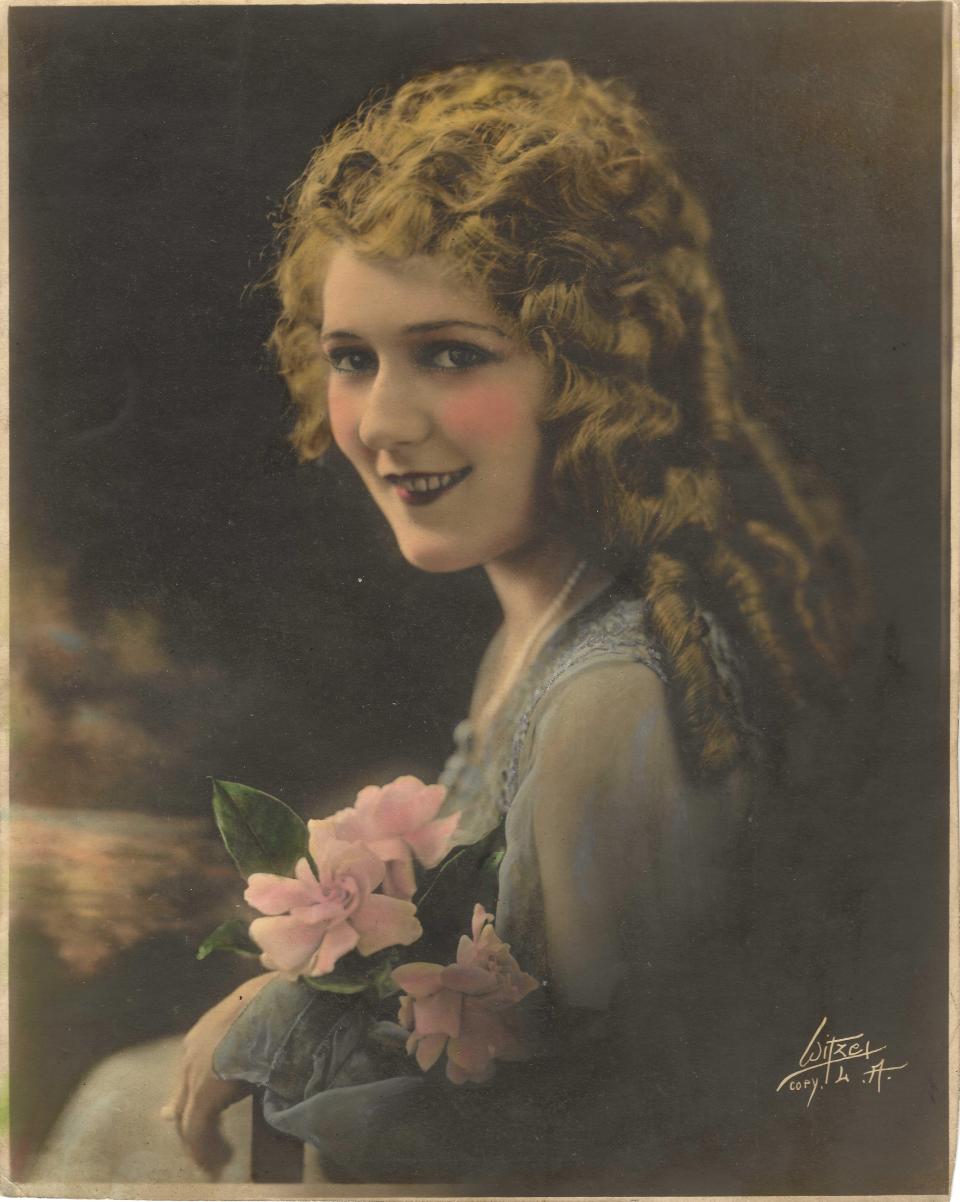
"When she grew out of acting, she became one of the top five motion picture executives," Page said. "She was a trailblazer."
A love story
But it wasn't their business acumen, or even just their movies, that captivated the public. It was their love story. Doug and Mary, off-screen, were the toast of 1920s America — and the world.
"They were at the center of this international media whirlwind," Koszarski said. "They would go to Paris and Moscow and be treated as if the Beatles had arrived. This kind of celebrity hadn't existed previously. When people like the Prince of Wales and Albert Einstein go to California, you don't read about them dining with the governor. They dined at Pickfair."
Their love for each other was apparently very real — even though in 1936, toward the end of their film careers, it ended in divorce. Fairbanks died three years later.
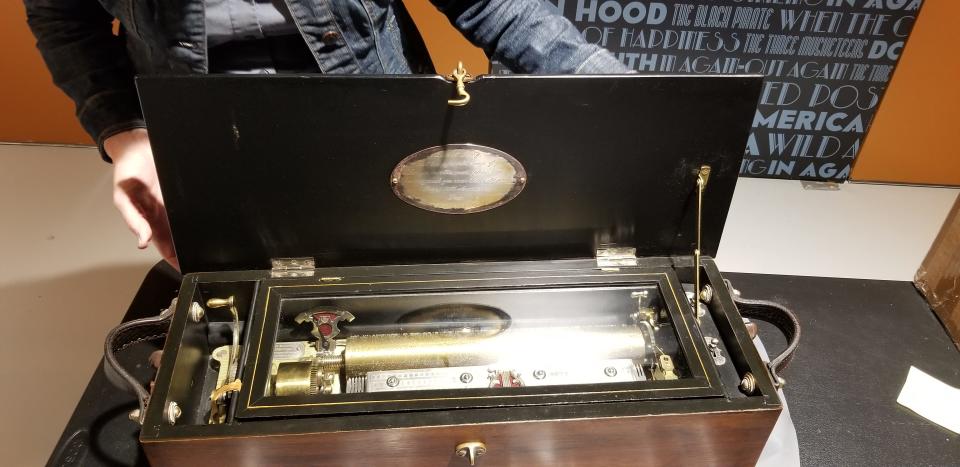
"What struck me is how deep their love was for each other," Page said. "We have quite a large collection of their love letters. They're very tender. There's just this deep and abiding love. That's why it was so heartbreaking when it was over."
Information: barrymorefilmcenter.com
This article originally appeared on NorthJersey.com: Barrymore Film Center Fort Lee: A new exhibit on a movie power couple

